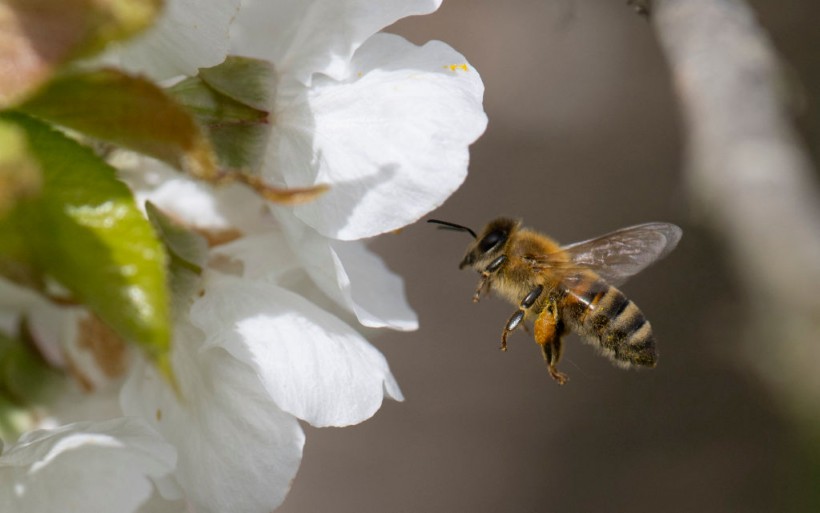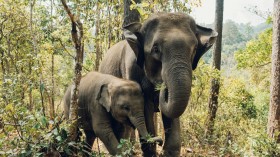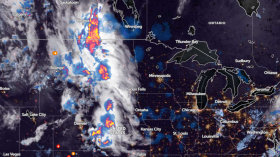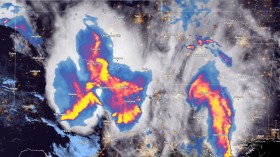The latest research discovered a decline in the population of bees and butterflies in North America due to habitat loss and other human-driven factors, warning of negative consequences.
Despite their tiny appearance, bees are crucial to biodiversity and human populations. As pollinators, they ensure food security for both animals and humans. Additionally, they are considered as bioindicators.
While they hold environmental importance, bees are threatened and suffer a concerning decline. Recent reports noted the following threats:
- Invasive species
- Widespread use of pesticides
- Climate Change
- Intense Heat
- Habitat loss
Consequently, understanding the state of bees in North America is essential for conservation and protection efforts. In a recent report, researchers studied North America's decline in bees and butterflies.
Bees and Butterflies Decline in North America

The research findings, led by Sara Souther, were published in PLOS One. They noted that the losses of pollinators could affect food security and the reproductive output of many species.
Researchers explained that the decline in North America is linked to environmental changes, warning of possible effects on agriculture. The study looked into the four major families of bees and butterflies, indicating a declining trend over the past century in western portions of North America.
On the other hand, there is an increase in pollinators in eastern portions of North America. In southern Mexico and western US, the report reveals that the biodiversity in said regions declined.
While climate change-driven drought is a factor, the study explained that human disturbance or anthropogenic impacts contributed to the problem.
With the declines, there is an urgent need to identify areas with significant dwindling populations. Conservation efforts in affected areas are crucial to mitigate the potential declines.
Additionally, the report indicates the importance of enhanced monitoring to address North America's pollinators' decline. Without immediate mitigation actions, bees and butterflies could continue to decline.
Also Read: Declining Butterfly Populations Signal Dire Effects of Climate Change in Amazon
Intense Heat Impacts on Bumblebees
In a similar report, researchers noted that increasing temperatures can significantly affect bumblebees, sensitive to temperature fluctuations or changes. The rapid rise of temperatures is overwhelming for them despite them undergoing thermoregulation.
The report, published in Frontiers, noted the adverse effects of global warming on bumblebee populations. Heat increased to 89.7 degrees, which is too much for bees, leading to brood and nest overheating.
Additionally, climate change has significantly impacted butterfly populations in the Amazon, raising concerns about the potential consequences as butterflies are considered great pollinators.
The study signals the pressing issues posed by climate change to butterflies and bees. This disturbing trend could worsen if greenhouse gas emissions rapidly rise.
Related Article: Soaring Heat Threatens Bumblebee's Important Role in Pollination, Food Security
For more similar, don't forget to follow Nature World News
© 2024 NatureWorldNews.com All rights reserved. Do not reproduce without permission.





